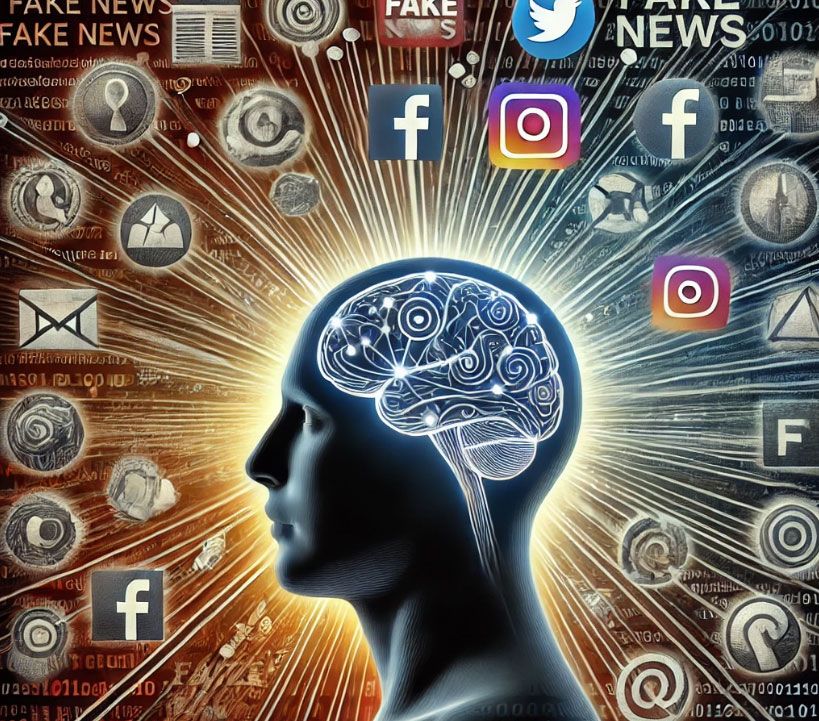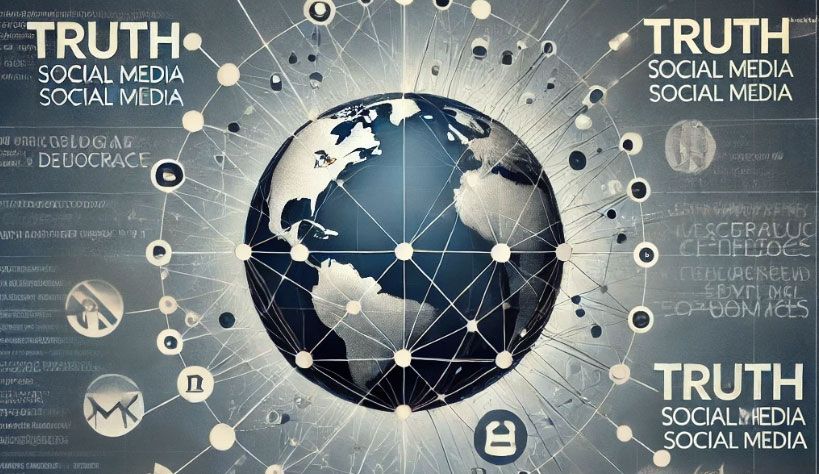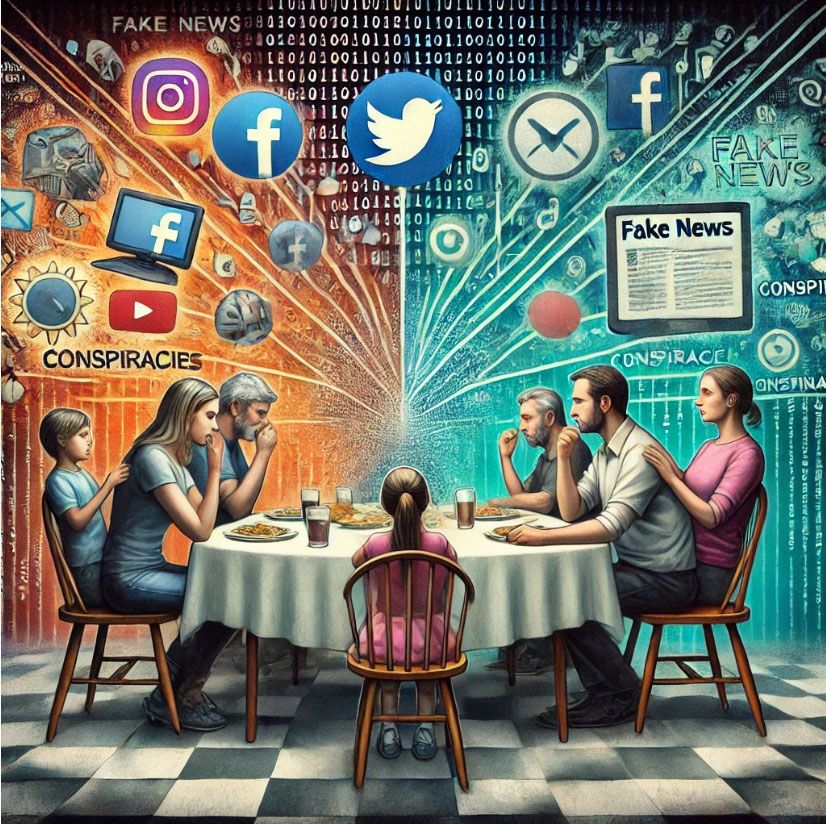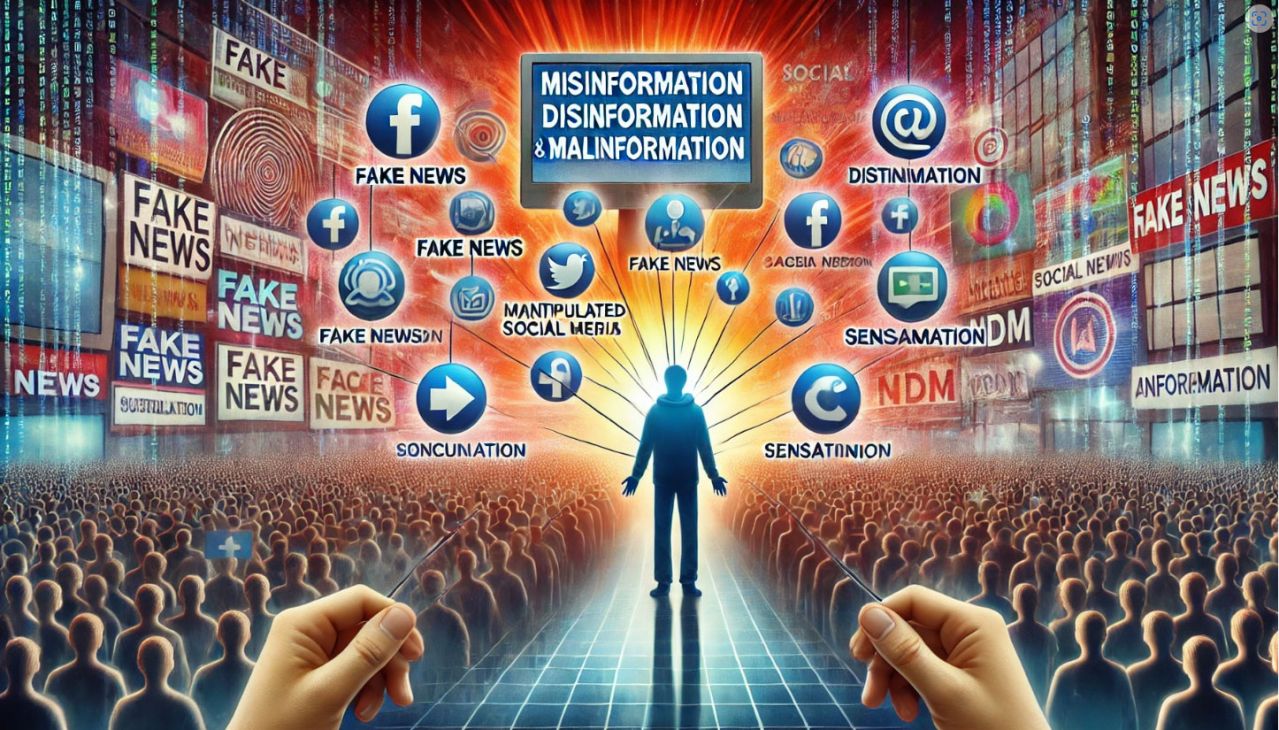Why Falsehoods Feel True
One of the study’s key insights is the illusory truth effect: repeated exposure to a false claim makes it feel true. Familiarity creates a sense of credibility, even when we logically know better.
For example, repeated social media posts falsely claiming that vaccines cause infertility gained traction not because of their scientific merit but because people encountered the claim frequently.
Even when corrections are issued, the falsehood doesn’t vanish.
This phenomenon, known as the Continued Influence Effect (CIE), occurs because misinformation leaves a strong emotional or cognitive imprint.
The memory of the initial false claim often competes with the correction, making it difficult to fully erase.
The Role of Emotions and Social Validation
Misinformation thrives on emotional hooks. Fear, anger, and even hope can amplify how easily a falsehood spreads.
During the early days of the COVID-19 pandemic, emotionally charged claims about miracle cures or fabricated infection statistics spread faster than accurate information.
According to the study, such emotions reduce skepticism and make people more likely to accept and share false claims.
Social validation compounds the problem.
Echo chambers on social media reinforce misinformation by exposing users to views that align with their beliefs.
Algorithms amplify this effect, creating an environment where falsehoods gain traction simply because they are endorsed by trusted in-group members.
Why It’s Hard to Change Minds
Even when misinformation is corrected, the original claim often lingers.
Imagine you hear a false rumor that a company is closing down and later read an official statement debunking it.
You may still hesitate to trust that company because the initial claim left a lasting impression.
The study explains that the brain struggles to replace a well-ingrained falsehood with the corrected version, especially when the falsehood aligns with existing beliefs or emotions.
What Can We Do? Solutions From the Study
The study highlights two promising strategies for combating misinformation:
- Prebunking: Educating people about how misinformation works before they encounter it can help inoculate them against false claims. For example, media literacy campaigns that explain how algorithms amplify fake news can make individuals more discerning.
- Debunking: When addressing false claims, it’s crucial to be clear, concise, and respectful. A well-structured correction that explains why the falsehood is wrong and provides an alternative explanation is more likely to be effective.
How You Can Fight Back
As individuals, we can:
- Pause before sharing: Ask yourself whether a claim is backed by credible evidence.
- Diversify your information sources: Avoid echo chambers by following a range of reputable outlets.
- Learn to spot red flags: Emotional language, sensationalist headlines, and lack of cited sources are often signs of misinformation.
The Bigger Picture
This study, authored by Michelle A. Amazeen, a faculty member at Boston University, underscores the importance of societal and individual action.
Platforms, educators, and policymakers must work together to promote digital literacy, regulate algorithmic amplification of falsehoods, and foster a culture of critical thinking.
For more details, the full study is accessible on Academia.edu: "The Psychological Drivers of Misinformation Belief and Its Resistance to Correction".
As misinformation continues to evolve, understanding its psychological roots is our first line of defense.
Armed with knowledge, we can collectively push back against the tide of falsehoods and build a more informed world and grounded in reality.
Study overview
Summary of the Study: "The Psychological Drivers of Misinformation Belief and Its Resistance to Correction"
Authored by Michelle A. Amazeen and colleagues, and published in Nature Reviews Psychology, this study delves into the persistent and harmful nature of misinformation, exploring why people believe it, why it is so difficult to correct, and how it can be effectively counteracted. This research offers a detailed framework for understanding the cognitive, emotional, and social mechanisms that underpin misinformation’s spread and resilience.
Key Insights from the Study
- Cognitive Mechanisms
- Illusory Truth Effect: Repeated exposure to false claims increases their perceived credibility. Even when individuals know better, familiarity makes misinformation feel true. This explains why myths about vaccines or elections persist, as repeated exposure reinforces belief.
- Continued Influence Effect (CIE): False claims often leave a lingering impact on reasoning, even after being debunked. When corrections compete with initial falsehoods, the latter often dominates, especially if it aligns with pre-existing beliefs.
- Emotional and Social Dynamics
- Emotional Hooks: Misinformation thrives on fear, anger, and hope, emotions that amplify its acceptance and spread. For example, during crises like the COVID-19 pandemic, emotionally charged false claims about miracle cures or fabricated statistics spread faster than verified information.
- Social Validation: The role of social media and echo chambers is critical. Algorithms amplify content that aligns with users’ existing beliefs, creating bubbles where misinformation thrives. Trusted in-group endorsements further solidify these beliefs.
- Barriers to Correcting Misinformation
- Emotional Investment: False claims often appeal to identity or worldview, making it emotionally challenging to accept corrections. Corrections may feel threatening, leading to resistance.
- Memory Imprint: Once internalized, falsehoods are difficult to dislodge. Corrections require effort to process and are often less memorable than the initial claim.
- Countermeasures and Interventions
- Prebunking: Proactively exposing individuals to how misinformation works can act as an inoculation. Media literacy campaigns that explain manipulative techniques make individuals more discerning.
- Debunking: Corrections should be clear, respectful, and provide alternative explanations. This reduces defensiveness and makes the correction more persuasive.
Practical Implications
The study’s findings have broad applications for combating misinformation:
- Policymakers: Regulating the intentional spread of falsehoods and rebuilding trust in institutions.
- Educators and Media Professionals: Teaching critical thinking and media literacy to empower individuals to evaluate information more effectively.
- Social Media Platforms: Adjusting algorithms to reduce the visibility of misleading content and promoting verified information.
A Call to Action
Misinformation is not just a nuisance; it undermines trust, polarizes societies, and compromises decision-making. By understanding the psychological drivers of misinformation, we can design better strategies to mitigate its effects. Collaborative efforts among policymakers, educators, media outlets, and individuals are crucial in building a more informed society.
For further reading and full access to the study, visit: The Psychological Drivers of Misinformation Belief and Its Resistance to Correction.
















